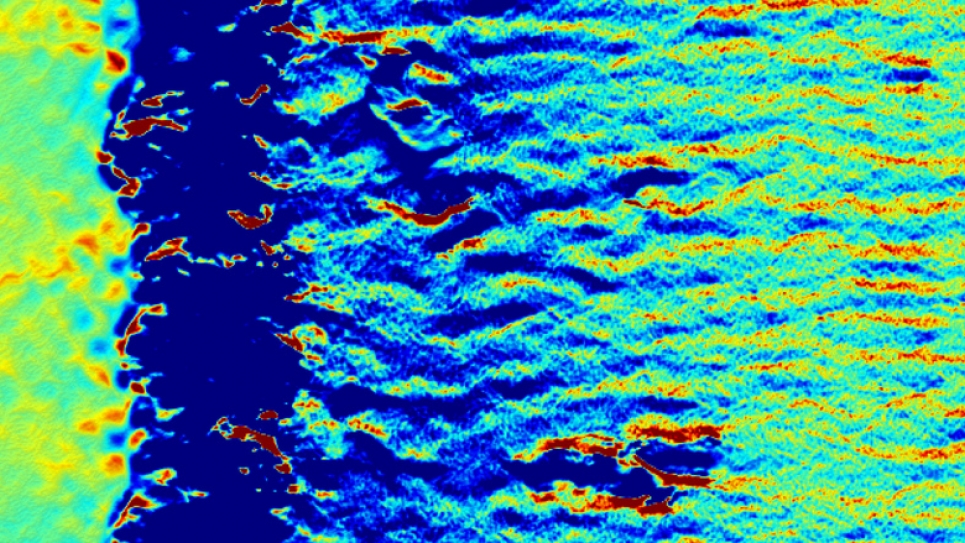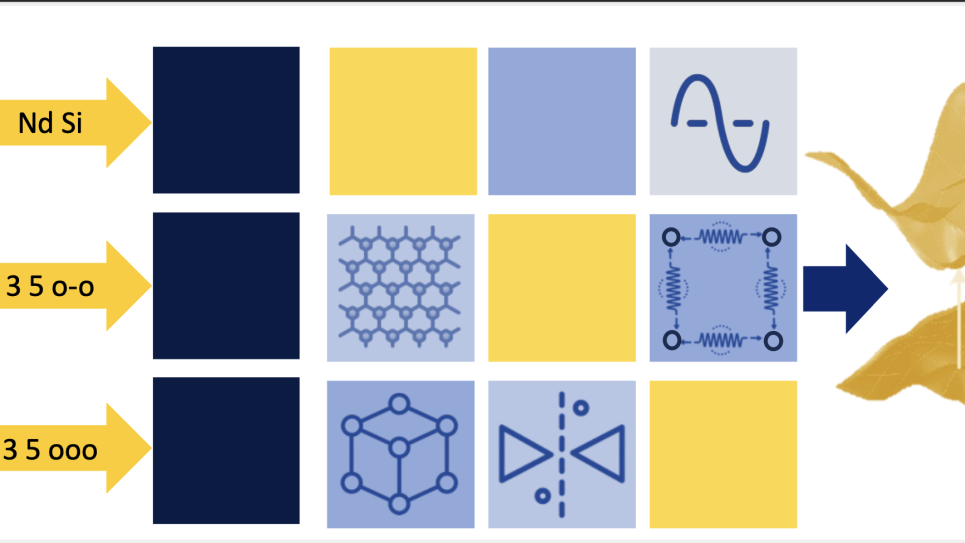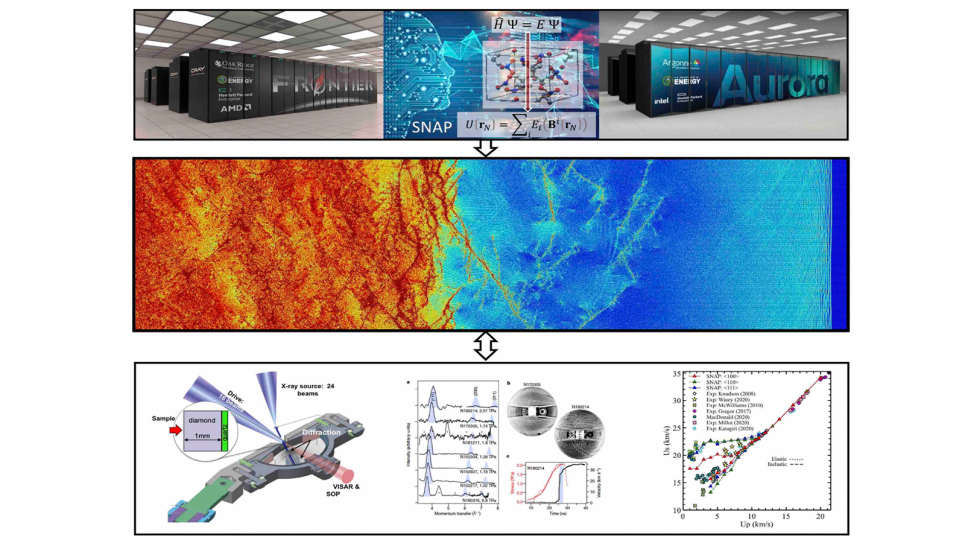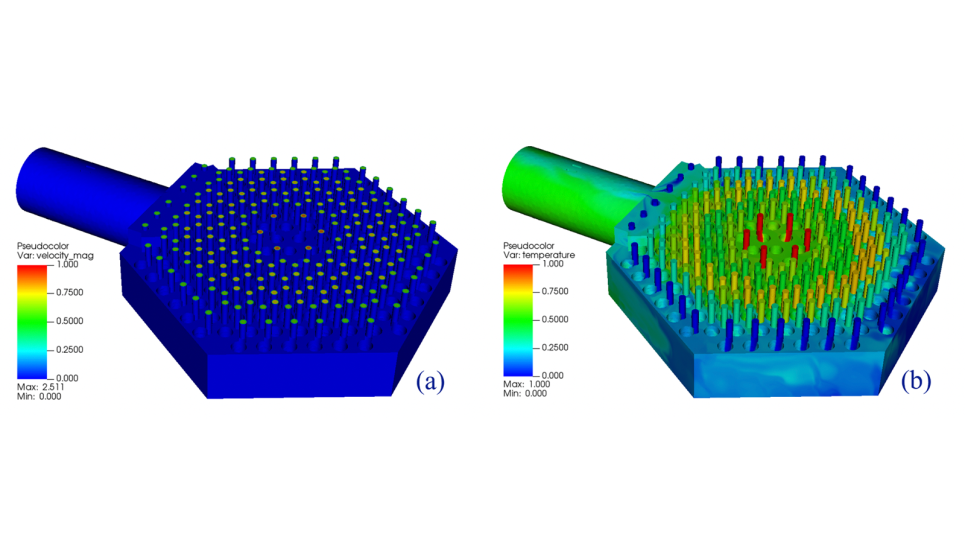
Peta-Scale Particle-In-Cell Simulations of Fast Ignition
Fusion energy is one possible long-term energy solution that is both safe and environmentally friendly. Fast ignition is an alternative to conventional inertial confinement fusion currently pursued at the National Ignition Facility. This scheme separates the compression and heating phases from ignition, much like a petrol combustion engine. In the petrol engine, the fuel is compressed by the piston, and then ignited via the spark plug. In fast ignition, the driving lasers are the pistons, compressing the fuel to high density; then a second laser's high-intensity pulse serves as the "spark." Researchers from the University of California, Los Angeles (UCLA) have implemented a newly invented particle-in-cell (PIC)/magnetohydrodynamics (MHD) hybrid method that is 300 to 30,000 times faster than full PIC. The group is running three hybrid simulations of fast ignition targets, plus some full PIC/transport runs on Intrepid, the powerful Blue Gene/P supercomputer at the Argonne Leadership Computing Facility (ALCF).


